Meissen porcelain, originating in 18th-century Germany, is renowned for its exquisite craftsmanship and intricate designs. As Europe’s first porcelain, it combines artistic mastery with historical significance, making it highly collectible.
Historical Background and Significance
Meissen porcelain holds a revered place in ceramic history as Europe’s first true porcelain, produced in Dresden, Germany, from the early 18th century. Its creation in 1710 by alchemist Johann Friedrich Böttger under the Royal Saxon Court marked a pivotal moment, ending Europe’s reliance on imported Chinese porcelain. Renowned for its delicate forms, vibrant enamels, and intricate designs, Meissen became a benchmark for European porcelain. The factory’s early success was fueled by royal patronage and its ability to replicate Asian motifs while introducing distinctly European styles. Over centuries, Meissen’s craftsmanship and artistic innovation solidified its legacy, making it a cornerstone of porcelain collecting and a symbol of cultural heritage.
Key Characteristics of Meissen Porcelain
Meissen porcelain is distinguished by its exceptional whiteness, translucency, and strength. The material is fired at high temperatures, creating a durable and lustrous finish. Decorative elements often feature intricate hand-painted designs, including floral motifs, lace patterns, and mythological scenes. Gilding is commonly used to enhance details, adding a luxurious appeal. The porcelain’s texture is smooth and fine, with a crispness that reflects its high-quality craftsmanship. Early pieces often exhibit a slightly heavier construction, while later examples are more refined. Vibrant enamels and precise painting techniques further elevate its artistic value. These characteristics, combined with its historical significance, make Meissen porcelain highly sought after by collectors and connoisseurs worldwide.
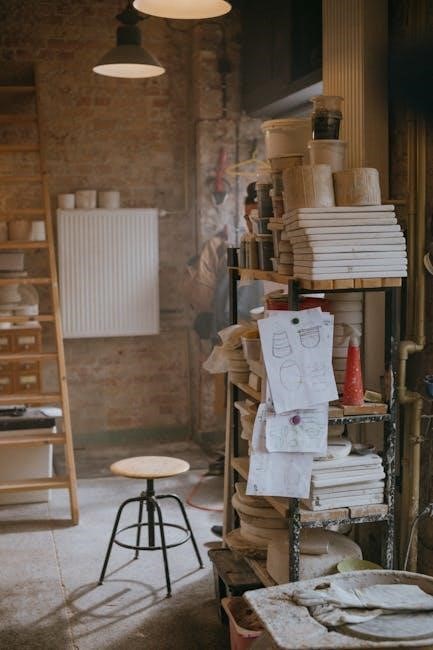
Why Meissen Porcelain is Valuable
Meissen porcelain is highly valued due to its historical significance as Europe’s first porcelain, its exceptional craftsmanship, and its artistic beauty. Each piece is a testament to the skill of master artisans, with intricate designs and vibrant enamels that reflect 18th-century German aesthetics. The rarity of early examples, combined with their enduring quality, makes them highly sought after by collectors. Additionally, the meticulous process of creation, from high-temperature firing to hand-painting, ensures each item is a unique work of art. Its value is further enhanced by its limited production and the condition of the piece, with pristine examples commanding premium prices in the market.
Identifying Meissen Porcelain
Identifying Meissen porcelain requires understanding its historical context, artistic elements, and craftsmanship. Key factors include hallmark recognition, design analysis, and material quality to distinguish authentic pieces from reproductions.
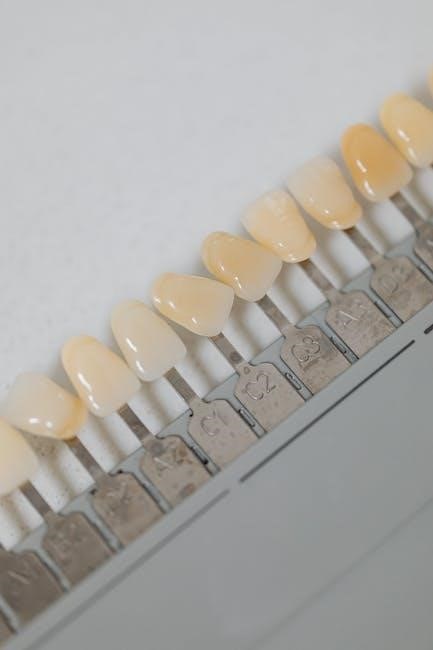
Hallmarks and Maker’s Marks
Meissen porcelain is identified by distinctive hallmarks, most notably the crossed swords mark, which has evolved over time. Early pieces feature a blue crossed swords mark, while later examples use red or gold. Additional marks, such as model numbers and painter’s signatures, often accompany the hallmark. These marks are crucial for verifying authenticity, as reproductions frequently replicate them. The placement, color, and style of these marks can indicate the piece’s age and origin. Collectors should seek expert appraisals to confirm legitimacy, as fake marks can be convincing. Understanding these hallmarks is essential for accurately identifying and valuing Meissen porcelain.

Common Shapes and Designs
Meissen porcelain is celebrated for its intricate and varied shapes, often inspired by Asian prototypes. Common forms include vases, figurines, tea sets, and tableware, with designs reflecting Baroque, Rococo, and Neoclassical influences. Intricate painting, gilding, and motifs like floral patterns, chinoiserie, and European courtly scenes are hallmark features. Figurines of animals, mythological creatures, and allegorical subjects are particularly prized. Many designs were created by renowned modelers, such as Johann Friedrich Tielmann, adding to their artistic value. The interplay of shape and decoration underscores Meissen’s mastery of porcelain artistry. Collectors often seek pieces with rare or elaborate designs, as these are highly sought after and indicative of historical craftsmanship.
Materials and Techniques Used
Meissen porcelain is crafted from a blend of kaolin, feldspar, and quartz, fired at high temperatures to achieve its signature whiteness and durability. The manufacturing process involves precise techniques passed down through generations. Pieces are often thrown on the wheel or sculpted by skilled artisans, with intricate designs painted by hand. Glazing is a multi-step process, with underglaze cobalt blue being a hallmark feature. Overglaze enameling adds vibrant colors and fine details. The use of 24-karat gold for gilding enhances the luxury appeal. Meissen’s commitment to traditional methods ensures each piece is a testament to its rich ceramic heritage, blending technical excellence with artistic flair.

Determining the Value of Meissen Porcelain
Meissen porcelain’s value is determined by factors like rarity, condition, age, and provenance. Pieces with intricate designs, historical significance, or exceptional craftsmanship command higher prices in the market.
Factors Affecting Value
The value of Meissen porcelain is influenced by several factors, including its condition, rarity, age, and provenance. Pieces in pristine condition with no chips or cracks command higher prices. Rarity plays a significant role, with limited-edition or unique designs fetching premium values. The age of the piece also matters, as earlier examples from the 18th and 19th centuries are often more sought after. Provenance, such as ownership history or royal connections, can substantially increase value. Additionally, market demand, recent sales data, and the presence of hallmarks or signatures from renowned artists further impact the piece’s worth. These factors collectively determine its value in the collector’s market.
Market Trends and Recent Sales Data
Meissen porcelain continues to be highly sought after by collectors, with market trends showing steady growth in value. Recent auction data reveals that rare 18th-century pieces, such as figurines and elaborate services, often fetch record prices. For instance, a rare Meissen Swan Service piece sold at auction for over $1 million, reflecting strong demand for exceptional examples. Additionally, pieces with documented provenance or connections to royal ownership consistently command premium prices. The market also favors items in excellent condition, with minimal restoration or wear. Collectors are particularly drawn to early examples with intricate craftsmanship, driving up their value. Consulting recent sales data and expert appraisals is essential for understanding current market dynamics and making informed purchasing decisions.
How to Get Your Piece Appraised
To accurately determine the value of your Meissen porcelain, consult a professional appraiser or specialist. Start by providing detailed photographs and any accompanying documentation, such as provenance or restoration records. Experts will assess factors like condition, rarity, and historical significance. Consider reaching out to reputable auction houses, antique dealers, or collector communities for referrals. Many offer appraisal services or can connect you with qualified experts. Additionally, attending specialized ceramics fairs or exhibitions can provide opportunities to meet appraisers in person. A thorough evaluation ensures you receive an objective and informed assessment of your piece’s value, helping you make informed decisions about its care or sale.
Common Pitfalls and Errors in Identification
Common errors include misidentifying hallmarks, confusing Meissen with other European porcelains, and overlooking damage or repairs. These mistakes can lead to incorrect valuations and misattributions.
Frequently Confused Makers
Meissen porcelain is often mistaken for pieces by other European makers, such as KPM (Königliche Porzellan-Manufaktur Berlin), Dresden, and Vienna. These manufacturers adopted similar styles and techniques, making identification challenging. KPM, for instance, produced intricate designs and used comparable glazing methods, leading to confusion. Dresden porcelain, while distinct, shares Meissen’s refined craftsmanship and floral motifs. Vienna porcelain also mimicked Meissen’s neoclassical designs, further complicating differentiation. To avoid misidentification, focus on hallmark variations, such as Meissen’s iconic crossed swords mark, and subtle differences in painting styles or paste composition. Consulting expert appraisals and comparing pieces side by side can help ensure accurate attributions. These distinctions are crucial for collectors seeking authentic Meissen pieces.
How to Spot Fake or Reproduction Pieces
Identifying fake or reproduction Meissen porcelain requires careful examination. Look for inconsistencies in hallmarks, as genuine pieces feature the crossed swords mark, often with specific variations. The painting quality on authentic Meissen is exceptionally fine, with intricate details and vibrant colors, whereas reproductions may appear less precise. Check the base for unevenness or lack of craftsmanship, as genuine pieces typically have smooth, well-finished bases. Additionally, authentic Meissen porcelain has a distinct weight and density due to its high-quality materials. Be wary of pieces with overly perfect or uniform glaze, as this can indicate modern replication. Always consult experts or use UV light testing to verify authenticity.
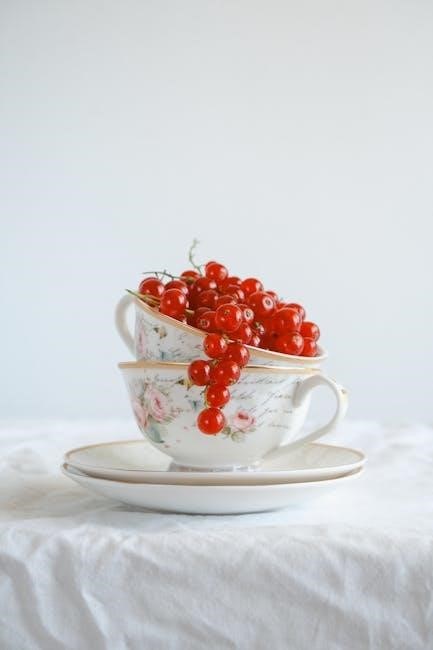
Mistakes to Avoid When Evaluating Condition
When assessing the condition of Meissen porcelain, avoid overlooking subtle flaws like tiny chips, hairline cracks, or faded gilt details, as these significantly impact value. Neglecting to examine the base for signs of wear or improper restoration is a common error. Additionally, ignore the misconception that minor imperfections are acceptable in antique pieces—collectors and appraisers scrutinize condition meticulously. Never assume that a piece with heavy restoration retains its original value, as this can drastically reduce its worth. Always use magnification to inspect glaze quality and firing flaws. Lastly, avoid relying solely on visual inspection; consult experts for a comprehensive evaluation to ensure accuracy.
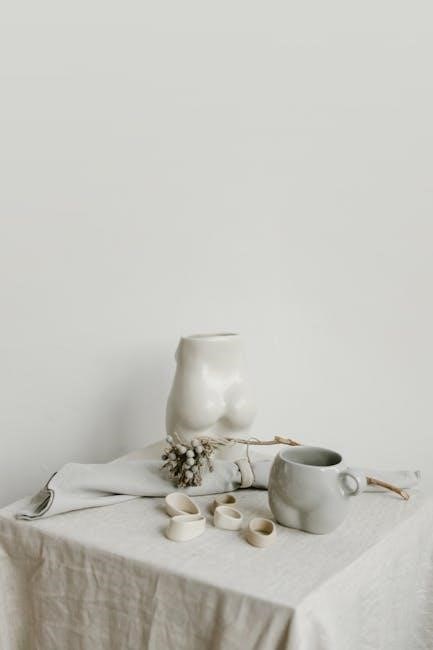
Resources for Collectors and Enthusiasts
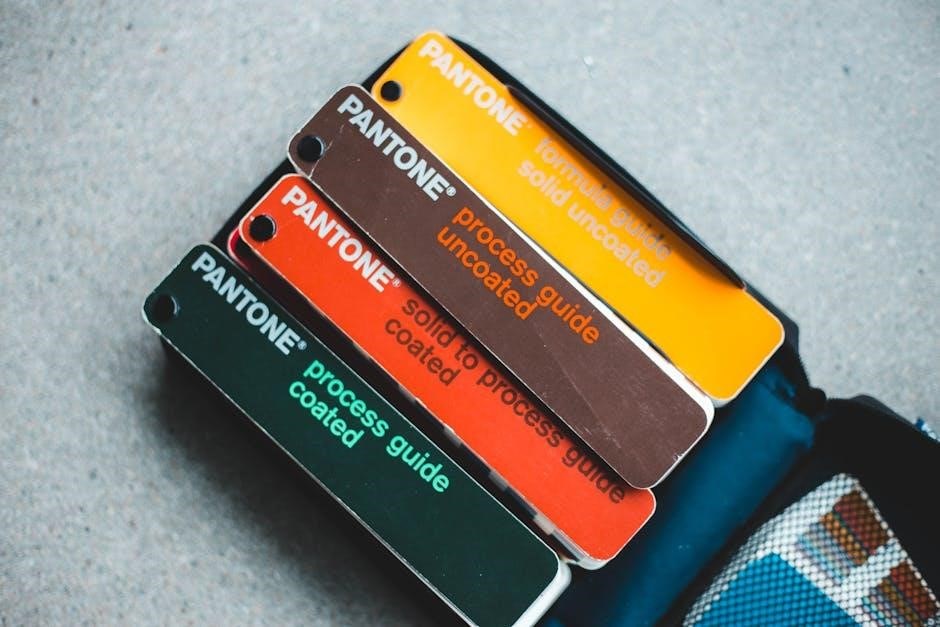
Explore recommended books and guides for in-depth insights. Join online forums and communities to connect with experts. Consult professional appraisers for accurate valuations and authentication.
Recommended Books and Guides
Several authoritative books and guides are essential for understanding Meissen porcelain. Titles like “Meissen Porcelain: A Comprehensive Guide to the History, Makers, and Marks” by Dr. Pietsch provide detailed insights. Another key resource is “The Marks of Meissen” by Robert E. Röntgen, offering extensive mark identification. “Meissen Porcelain in Color” showcases stunning visuals, aiding collectors in recognizing authentic pieces. Additionally, “The Collector’s Guide to Meissen” by Linda Roth offers practical advice on valuation and care. These publications, alongside online catalogs and museum resources, are invaluable for enthusiasts seeking to identify, authenticate, and value Meissen pieces effectively. They cover historical context, artistic evolution, and market trends, ensuring a well-rounded understanding of this iconic porcelain.

Online Forums and Communities
Online forums and communities are invaluable resources for Meissen porcelain enthusiasts. Platforms like Reddit’s r/Meissen or specialized collector forums offer spaces to share knowledge, ask for identifications, and discuss valuation. Facebook groups dedicated to antique porcelain also provide real-time interaction with experts and collectors. Websites like The Porcelain Collector and Antiques Forum host detailed discussions, while online marketplaces like 1stdibs and Christie’s often feature expert insights. These communities are essential for crowdsourcing appraisals, learning about market trends, and connecting with professionals. They also serve as hubs for sharing rare finds and preserving the history of Meissen porcelain, making them indispensable for both novice and seasoned collectors.
Professional Appraisers and Experts
Consulting professional appraisers and experts is crucial for accurately determining the value and authenticity of Meissen porcelain. Specialists at auction houses like Christie’s and Sotheby’s offer expert evaluations, leveraging their deep knowledge of historical context, hallmarks, and market trends. Independent appraisers affiliated with organizations like the Appraisers Association of America also provide detailed assessments. These professionals use advanced techniques, including ultraviolet light exams and meticulous hallmark analysis, to verify pieces. Their expertise ensures that collectors avoid misidentifications and reproductions, providing reliable valuations. Engaging a certified appraiser is indispensable for obtaining an unbiased, authoritative opinion on Meissen porcelain, whether for sale, insurance, or personal satisfaction.
